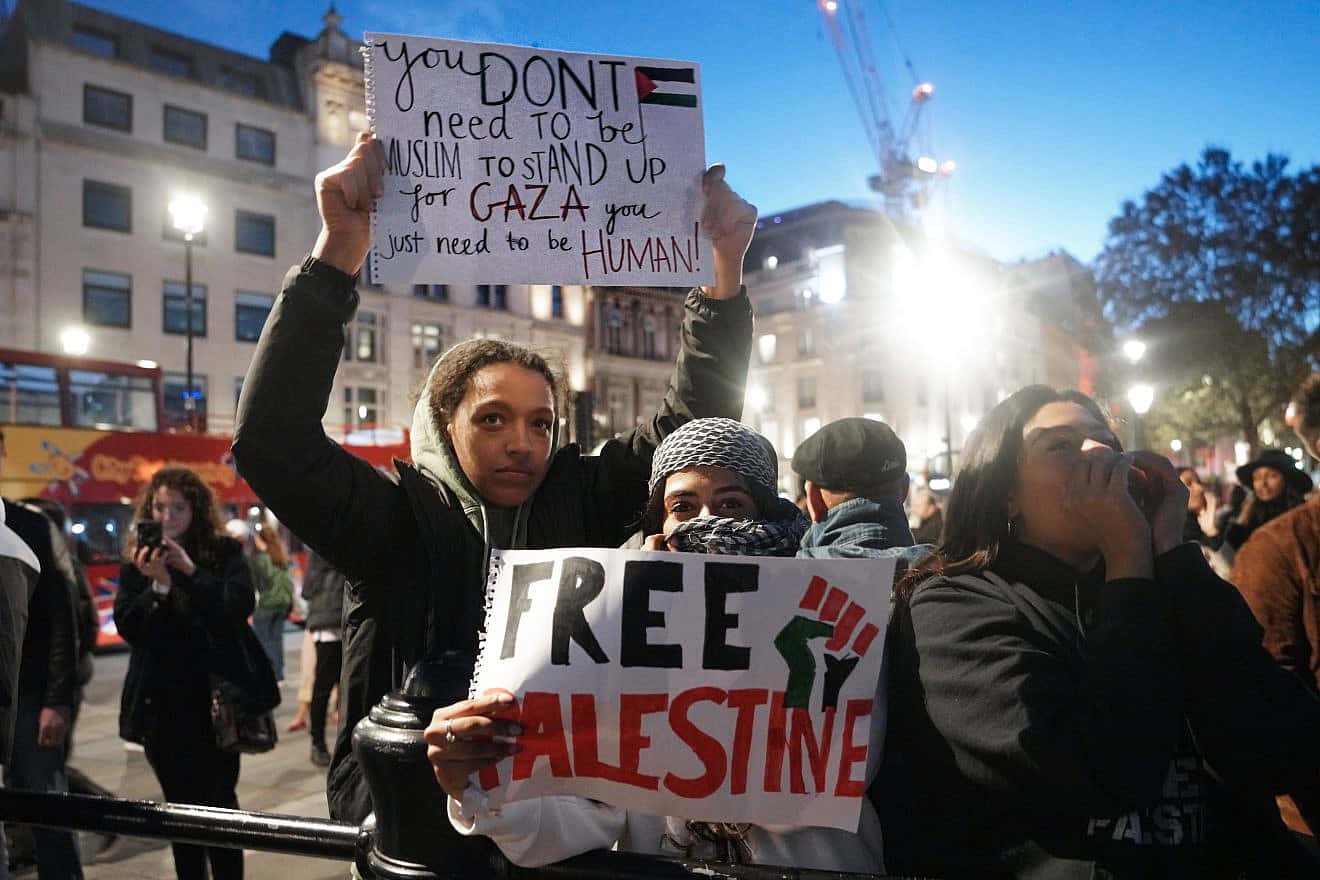A comprehensive new report by the Henry Jackson Society (HJS) has uncovered substantial irregularities in the casualty figures reported by the Hamas-run Health Ministry in Gaza, raising serious questions about the accuracy of widely circulated death toll statistics and their representation in international media coverage.
Key Findings
The study, titled “Questionable Counting: Analysing the Death Toll from the Hamas-Run Ministry of Health in Gaza,” conducted by the volunteer-based Fifty Global Research Group and supported by Erasmus University Rotterdam, identified several critical issues in the reporting of casualties:
The analysis found approximately 5,000 deaths attributed to the conflict actually resulted from natural causes, including cancer patients who were later discovered on lists of those still receiving medical care. The research also revealed systematic age manipulation, with many casualties’ ages being lowered by one year in what appears to be an effort to inflate the number of reported minor casualties.
Most significantly, the study found that the majority of reported fatalities were men between ages 15 and 45, a demographic that closely aligns with the typical profile of combatants. This finding contrasts sharply with the narrative of disproportionate civilian casualties that has dominated much of the international coverage.
Media Coverage Analysis
The report identified concerning patterns in international media reporting:
- 84% of major news articles failed to distinguish between combatant and civilian deaths
- 98% of reviewed media outlets cited Hamas’s casualty figures without qualification
- Only 5% of articles referenced Israeli data
- Less than 2% of articles noted that Gaza health ministry figures were unverifiable
- When Israeli statistics were included, their credibility was questioned in approximately half of the articles
Documentation Issues
The study highlighted several specific cases of problematic documentation:
- Adults were sometimes recorded as children, including a 22-year-old listed as a four-year-old and a 31-year-old recorded as an infant
- The toll included casualties from various causes beyond direct military action, such as deaths from errant rocket fire and incidents during food aid distribution
- The methodology used for data collection was found to be “not scientifically valid”
Statistical Disparities
According to Israeli and US military intelligence estimates cited in the report, approximately 17,000 of the total casualties were Hamas fighters. However, this distinction is frequently omitted from international media coverage, contributing to what the HJS describes as a “skewed narrative portraying all casualties as civilian.”
Response and Controversy
The findings have sparked debate among various stakeholders. Ambassador Husam Zomlot, head of the Palestine Mission to the United Kingdom, rejected the report’s conclusions, citing confirmation of the numbers by international organizations and UN agencies, including the WHO. He also noted that additional casualties may still be buried under rubble.
The BBC defended its reporting practices, stating through a spokesman that the challenge of accurate reporting is compounded by Israel’s restrictions on independent journalist access to Gaza. The broadcaster maintained that it remains transparent in attributing figures to the Hamas-run health authority.
Implications
This research raises important questions about the reliability of casualty reporting in conflict zones and the responsibility of international media in verifying and contextualizing such data. The findings suggest a need for more rigorous scrutiny of casualty figures and greater transparency in distinguishing between civilian and combatant casualties in conflict reporting.
The study’s revelations about systematic inflation of civilian casualty numbers and media handling of these statistics highlight the broader challenges of ensuring accurate reporting in complex conflict situations where independent verification is difficult or impossible.




